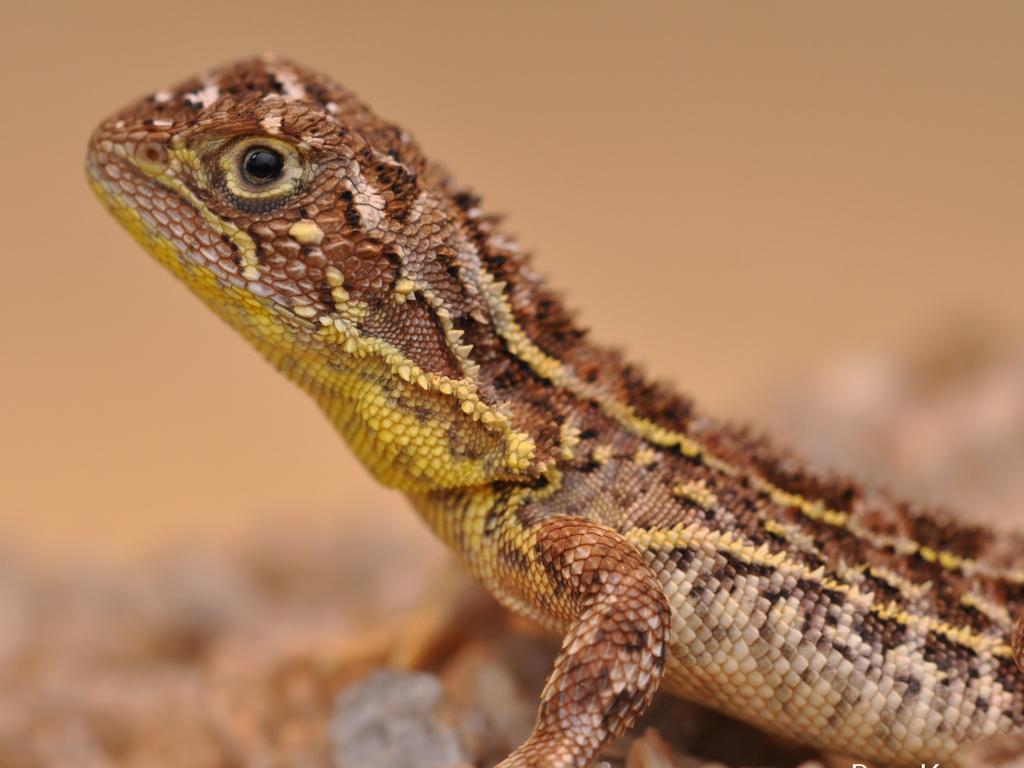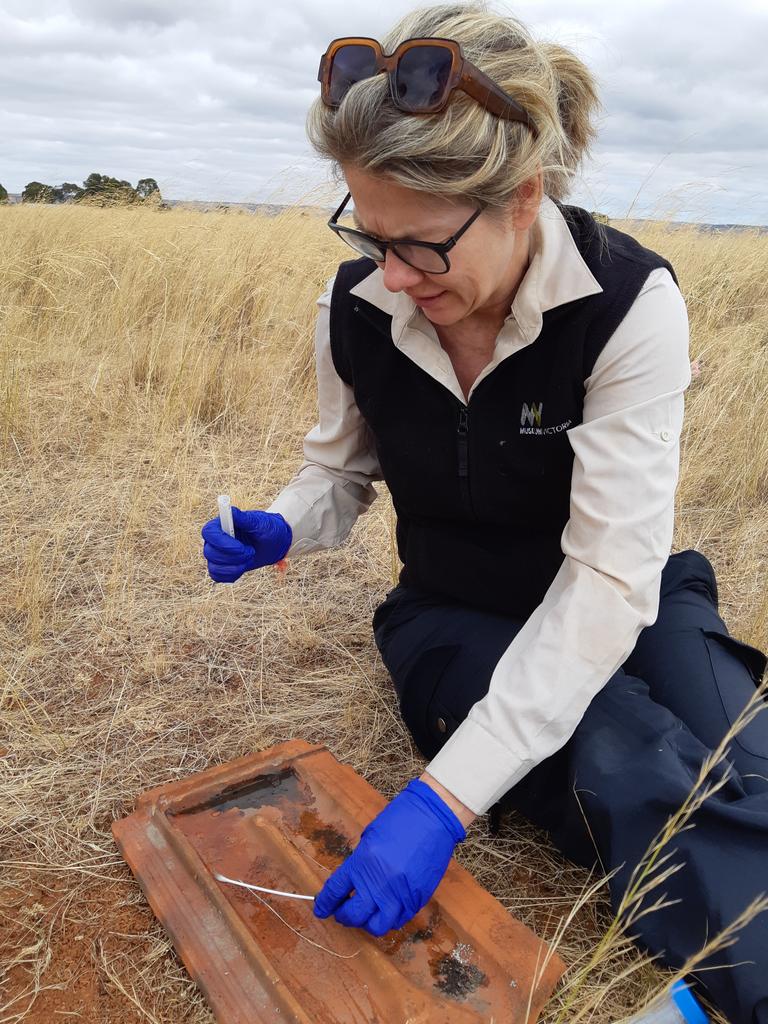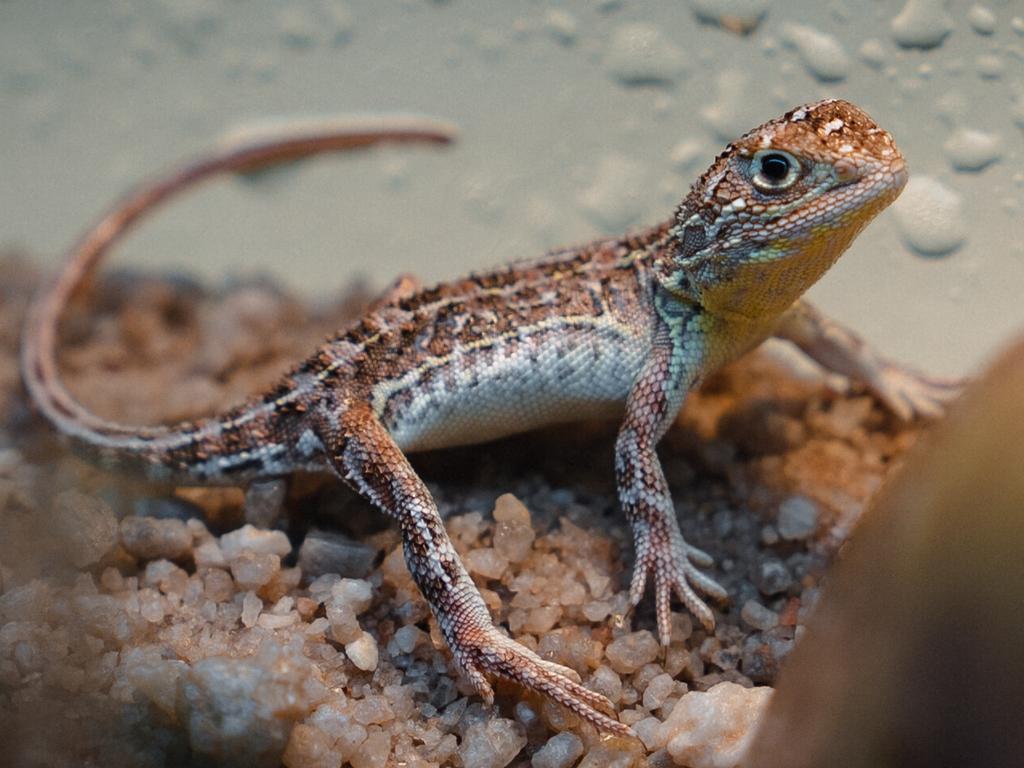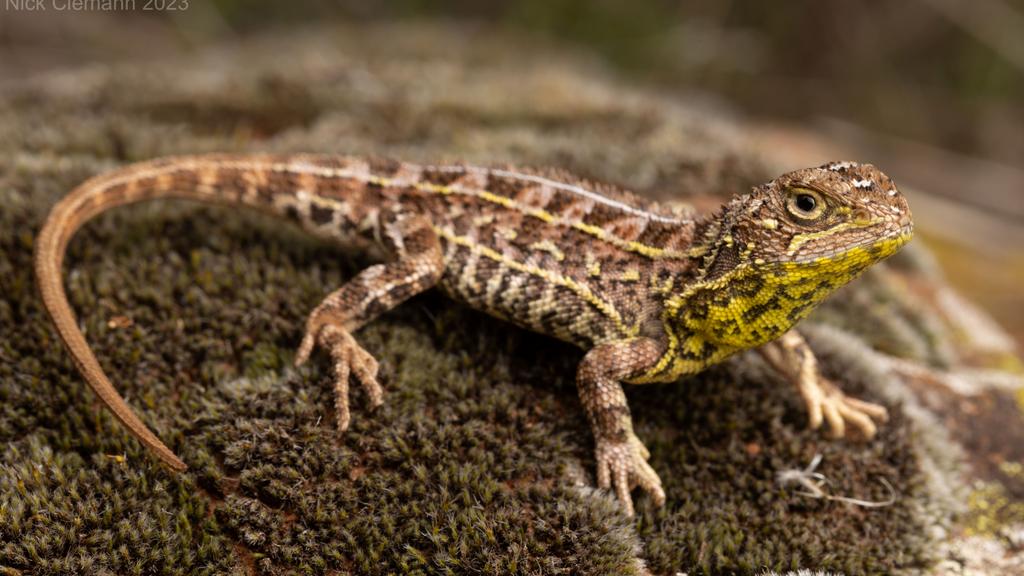After eluding observation for over half a century, the Victorian grassland earless dragon has resurfaced, sparking optimism that the three remaining species of these diminutive lizards may also be thriving in other states.
The unexpected rediscovery of the Victorian grassland earless dragon, previously believed to be extinct, has kindled optimism among scientists.
This revelation raises the prospect that other species, metaphorically speaking, might also stage a comeback from the brink of extinction. For over half a century, these diminutive 15cm-long lizards had eluded detection until a group of them was unearthed earlier this year. The prolonged absence of sightings had led scientists to dread the possibility of their complete disappearance.

In the enigmatic realm of grassland earless dragons, another mysterious species hailing from Bathurst has been absent from sightings since the 1990s, shrouding it in a veil of uncertainty.
Jane Melville, the maven Senior Curator* of Terrestrial* Vertebrates* at Museums Victoria Research Institute, voiced the sentiment that the rediscovery of the Victorian species has injected a glimmer of hope into the quest for the elusive Bathurst counterpart. She shed light on the tireless endeavors of a federal government department, specifically the Department of Climate Change*, Energy, the Environment, and Water, orchestrating community information events with the anticipation of catching a glimpse of the enigmatic Bathurst dragon.
In Dr. Melville’s words, “That would be really cool.”
The Department’s Draft National Recovery Plan for the quartet of grassland earless dragons dwelling in southeast Australia beckons public input until November 3.
Among the quartet, the Victorian, Bathurst, and Canberra varieties teeter on the brink as critically endangered*, while the Monaro grassland earless dragon clasps the endangered* status.
In the bygone era until 2019, the prevailing belief was in the existence of a singular grassland earless dragon type in southeast Australia. However, Dr. Melville’s taxonomic odyssey, delving into the intricacies of “how scientists name and describe species,” unveiled the hidden tapestry of four distinct species, setting the stage for the renaissance of the Victorian species.

“It signified the emergence of the Victorian ones as their own distinct species, and a species that had vanished since the late ’60s,” she remarked.
“Subsequently, Zoos Victoria has been conducting continuous surveys as part of its Fighting Extinction project, aiming to rediscover these elusive creatures.
“The breakthrough came from a consultancy* firm that, fortunately, recognized the lizard as something unique and uncommon. It was a pivotal moment.”
Dr. Melville delineated that the Victorian variant measures “about the length of my hand,” possesses “eardrums with scaly covers, and dwells in spider burrows.”
Once prevalent in the native grasslands of present-day St Kilda and around the Yarra River, their population dwindled significantly due to habitat* loss and predation by adversaries such as feral cats.
Zoos Victoria, Museums Victoria, and the Victorian government have joined forces in a collaborative effort to rescue this critically endangered species, engaging in surveys to locate more specimens in the wild and initiating a comprehensive breeding* program.
Dr. Melville and her team are pioneering innovative methods to detect these creatures in their natural habitats, employing techniques such as “taking tiny clips of their tails for genetic* analysis” to prevent the breeding of closely related individuals.


She encouraged everyday Australians to contribute to this conservation* endeavor by familiarizing themselves with local threatened species.
Visiting exhibitions like Melbourne Museum’s Fantastic Beasts: The Wonder of Nature, running until October 8, offers insights into the connections between magical creatures from Harry Potter and Fantastic Beasts and their real-life counterparts, fostering awareness for conservation purposes.


*I discovered your blog site on google and check a few of your early posts. Continue to keep up the very good operate. I just additional up your RSS feed to my MSN News Reader. Seeking forward to reading more from you later on!?
*There is noticeably a bundle to know about this. I assume you made certain nice points in features also.